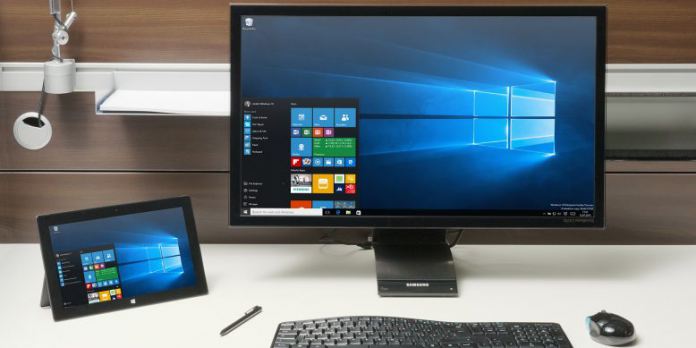Patch Tuesday was rolled out earlier this month. The release did not deal with problems with the April 2018 Update that affected Google’s Chrome web browser. Microsoft is now addressing that issue. We wrote about this problem when it first emerged in early May. Users reported that the Chrome browser was freezing after updating to the new Windows 10 version. In fact, the issue causes the whole machine to freeze, with all keystrokes and mouse movements going unanswered. Also, the whole Windows 10 system locks. Nearly two months after the issue was first reported, Microsoft is finally solving the problem. Google itself already tried to patch the problem through a June 12 update, but it did not fully work. As Windows 10 was the root of the flaw, Microsoft needed to get involved.
Further Fixes
Microsoft has rolled out cumulative update KB4284848, or OS Build 17134.137. The release comes with fixes beyond the Chrome problem. Other changes include a fix for the Video Settings HDR streaming calibration slider, which was not working. Elsewhere, the update fixes the following problems:
Addresses an issue that causes the Video Settings HDR streaming calibration slider to stop working. This is caused by a conflict with the panel brightness intensity settings configured by certain OEMs. Addresses streaming compatibility issues with certain live TV streaming content providers. An issue where media content previously generated by Media Center doesn’t play after installing the Windows 10 April 2018 update. Addresses an issue in which SmartHeap didn’t work with UCRT. Performance regression in App-V, which slows many actions in Windows 10. Addresses an issue that causes Appmonitor to stop working at logoff if the Settingstoragepath is set incorrectly. Addresses an issue that causes Appmonitor to stop working at logoff, and user settings are not saved. Addresses an issue where client applications running in a container image don’t conform to the dynamic port range. An issue where the DNS server might stop working when using DNS Query Resolution Policies with a “Not Equal” (NE) condition. Addresses an issue with T1 and T2 custom values after configuring DHCP failover. Addresses an issue that causes the latest versions of Google Chrome (67.0.3396.79+) to stop working on some devices. Issues with the Remote Desktop client in which pop-up windows and drop-down menus don’t appear and right-clicking doesn’t work properly. These issues occur when using remote applications. Addresses an issue that causes a connection failure when a Remote Desktop connection doesn’t read the bypass list for a proxy that has multiple entries. Addresses an issue that may cause Microsoft Edge to stop working when it initializes the download of a font from a malformed (not RFC compliant) URL. An issue where some users may receive an error when accessing files or running programs from a shared folder using the SMBv1 protocol. The error is “An invalid argument was supplied”. Addresses an issue that causes Task Scheduler tasks configured with an S4U logon to fail with the error “ERROR_NO_SUCH_LOGON_SESSION/STATUS_NO_TRUST_SAM_ACCOUNT”. Addresses a performance issue with Windows Mixed Reality on some laptops with hybrid graphics adapters, such as Surface Book 2




